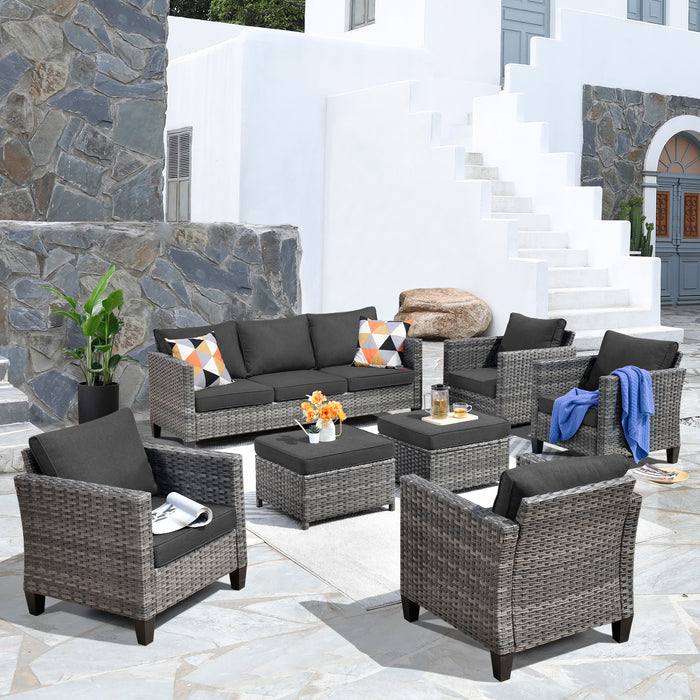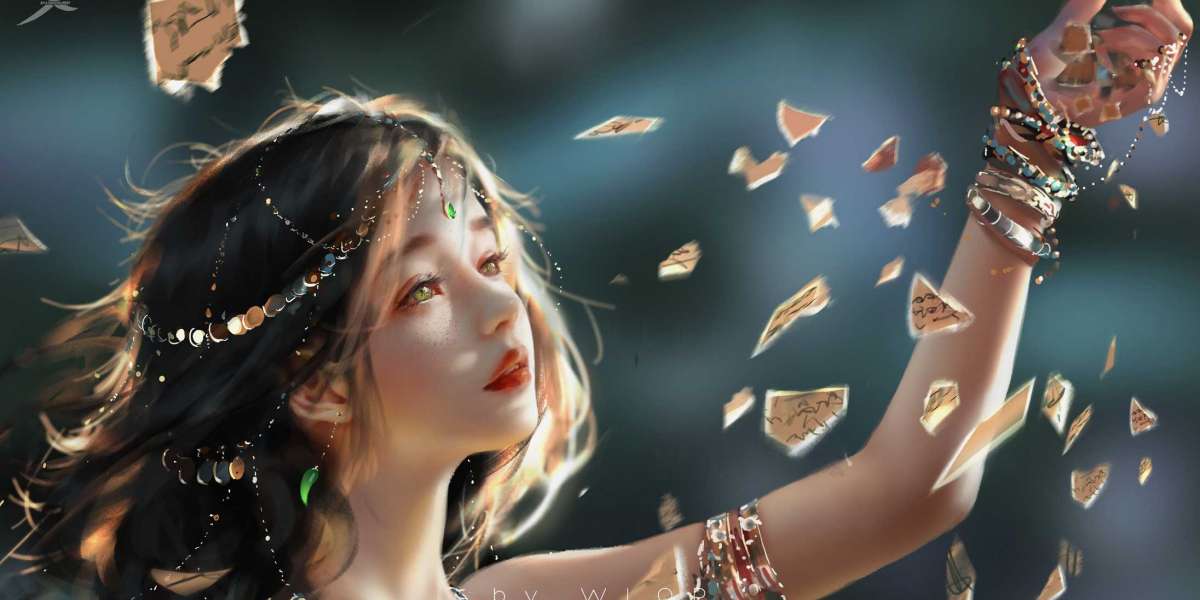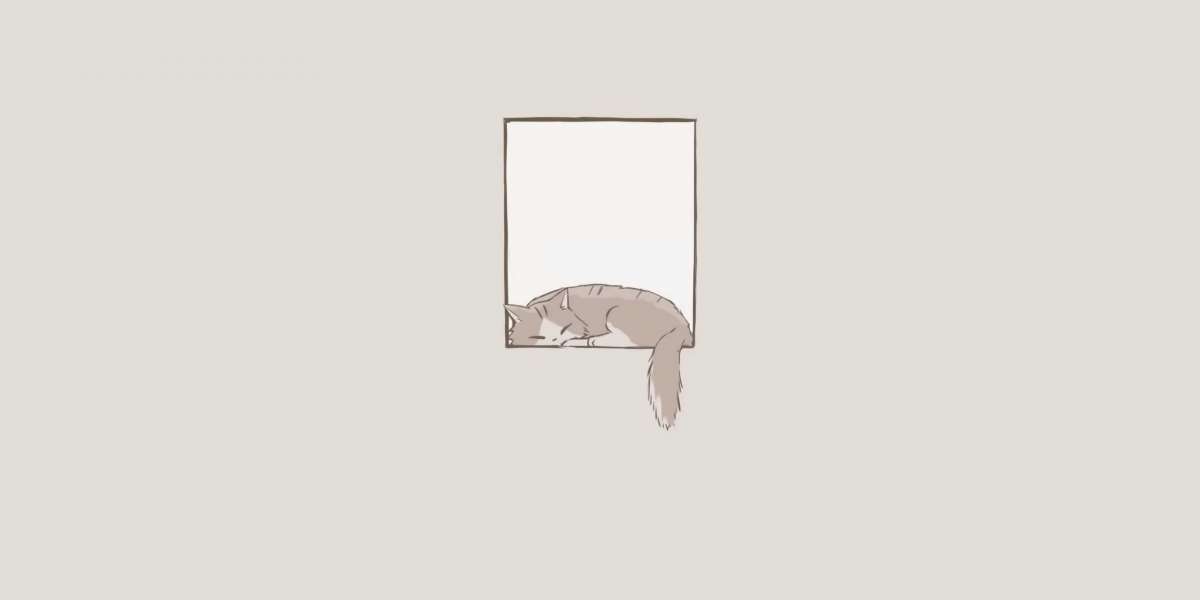Art is a reflection of society, culture, and individual expression. The diverse stylistic choices in modern art not only showcase the creativity of artists but also invite viewers to engage with different perspectives. This article delves into the various styles that define contemporary art, highlighting their significance and impact.

Diverse Stylistic Choices in Modern Art
Modern art is characterized by a multitude of styles, each offering unique insights into the human experience. From abstract expressionism to minimalism, the diverse stylistic choices available allow artists to convey their messages in innovative ways. But what drives these choices? Is it the cultural background, personal experiences, or perhaps the socio-political climate? Understanding these factors can deepen our appreciation for the art we encounter.
Key Styles and Their Significance
- Abstract Expressionism: This style emphasizes spontaneous, automatic, or subconscious creation. Artists like Jackson Pollock and Mark Rothko used color and form to express emotions rather than represent reality.
- Minimalism: In contrast, minimalism strips away the unnecessary, focusing on simplicity and clarity. Artists such as Donald Judd and Agnes Martin sought to reduce art to its fundamental features.
- Pop Art: Emerging in the 1950s, pop art challenges traditional boundaries by incorporating elements from popular culture. Artists like Andy Warhol and Roy Lichtenstein blurred the lines between high and low art.
- Street Art: This contemporary style has gained prominence, with artists like Banksy using public spaces to convey powerful social messages. Street art reflects the voice of the community and often addresses pressing issues.
The Role of Cultural Context
The diverse stylistic choices in modern art are often influenced by cultural contexts. For instance, artists from different regions may incorporate local traditions, materials, and themes into their work. This cultural infusion not only enriches the art but also fosters a dialogue between different artistic communities. How does this interplay shape our understanding of global art movements? By examining these connections, we can appreciate the depth and richness of artistic expression.
Engaging with Art: A Personal Journey
When engaging with modern art, viewers are encouraged to explore their interpretations. Each piece can evoke different emotions and thoughts, depending on personal experiences. This subjective nature of art is what makes it so powerful. If you are looking to enhance your outdoor space with artistic flair, consider incorporating furniture that reflects these diverse stylistic choices. For inspiration, check out  .
.
Conclusion: Celebrating Diversity in Art
In conclusion, the diverse stylistic choices in modern art serve as a testament to the creativity and innovation of artists worldwide. By exploring these styles, we not only gain insight into the artists' intentions but also enrich our own understanding of art. Whether you are an avid art enthusiast or a casual observer, embracing the diversity of artistic expression can lead to a more profound appreciation of the world around us.







